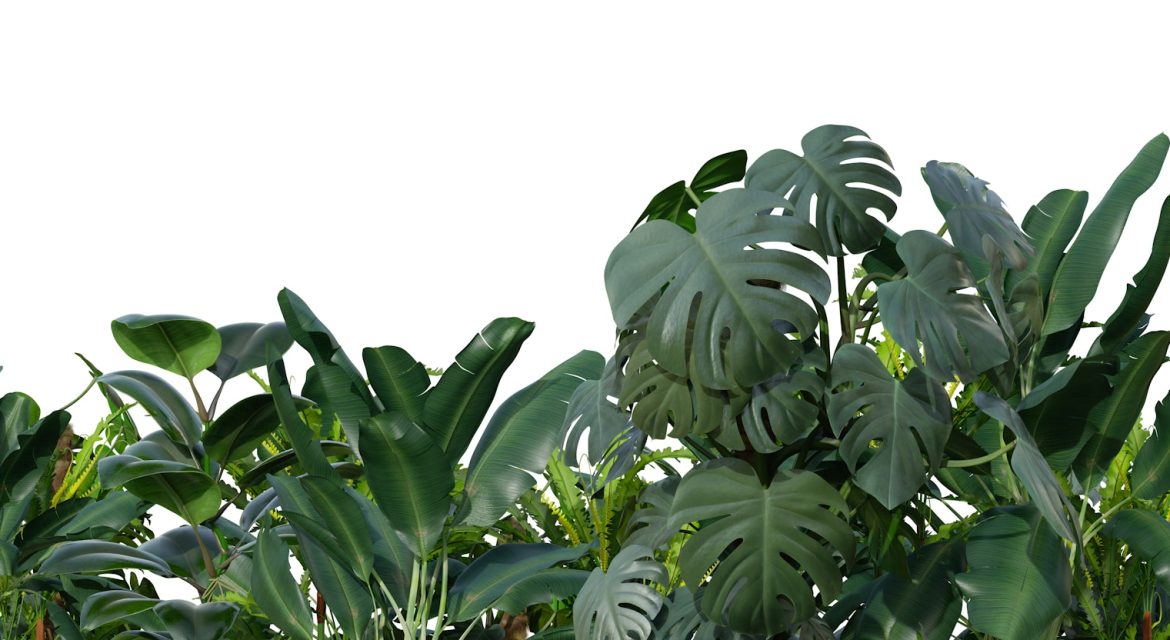Is there a difference between the leaves of tropical and temperate plants?
Tropical plants tend to have larger, broader leaves than temperate plants. These large leaf surfaces are covered with a wax-like layer that helps them retain moisture in humid environments. Tropical plants also typically have thicker cuticles on their leaves, which help protect them from the intense sun exposure in their habitats. In addition, tropical plant leaves often show a variety of shapes, sizes, textures and colors due to adaptations for the diverse climates they inhabit.
Temperate plant leaves usually appear smaller and thinner than those of tropical varieties. This is because the climate in temperate regions tends to be cooler and drier than tropical regions and therefore does not require as much protection from sunlight or as much water retention. The leaves of temperate plants also tend to be more uniform in shape and texture, with a single type predominant in each species. In addition, temperate plant leaves usually have fewer colors and hues than their tropical counterparts.
Overall, tropical plants tend to have larger, thicker cuticles on their leaves that help protect them from the intense sunlight they receive as well as wax layers that hold moisture in humid climates. On the other hand, temperate plants typically have smaller leaves that are thinner and more uniform in shape due to cooler temperatures and less sun exposure. Additionally, temperate plant leaves show fewer colors as adaptation for drier environments.





